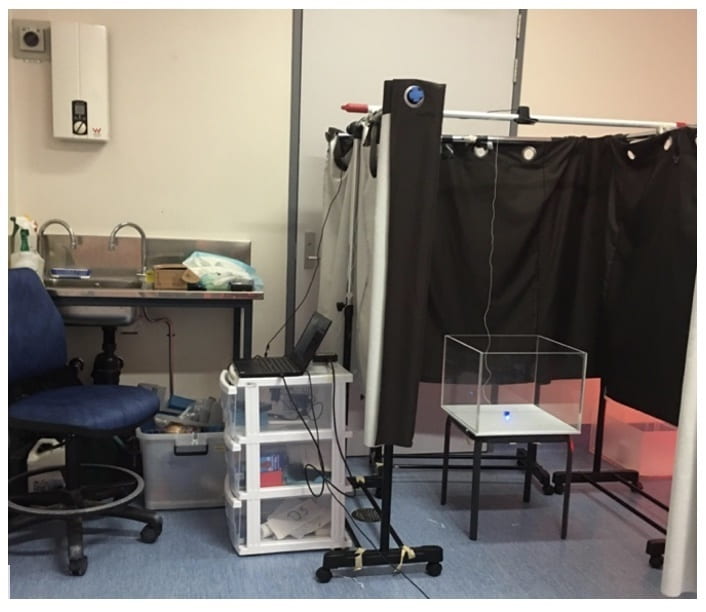
Machine Learning, RVM, Showcase
Utilising miniscope technology in a murine model of Alzheimer’s disease to characterise correlations between neuronal activity in the CA1 hippocampus, behavioural deficits and amyloid-beta plaque load.
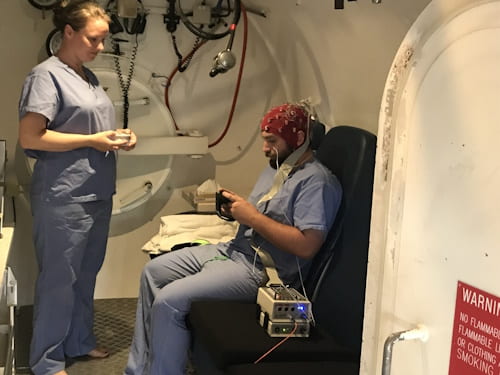
Research Data, RVM, Showcase
The onset of narcosis symptoms is expected around 30 metres (405 kPa) when breathing air. The principal hazard of gas narcosis is euphoria, overconfidence, and loss of judgment.
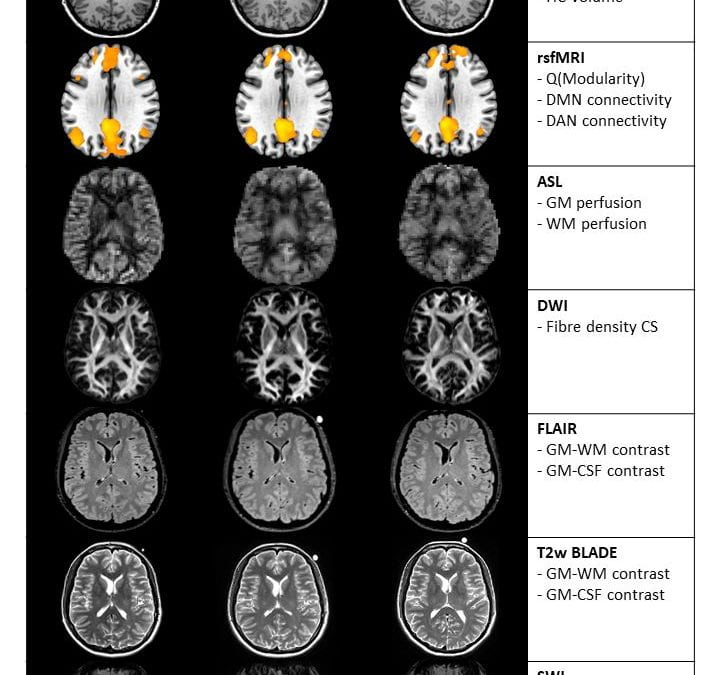
RVM
Approximately 50 million people are living with dementia worldwide, and in New Zealand, 1.4% of the population have Alzheimer’s disease or related dementia. With an ageing population, the prevalence is predicted to double by 2050.
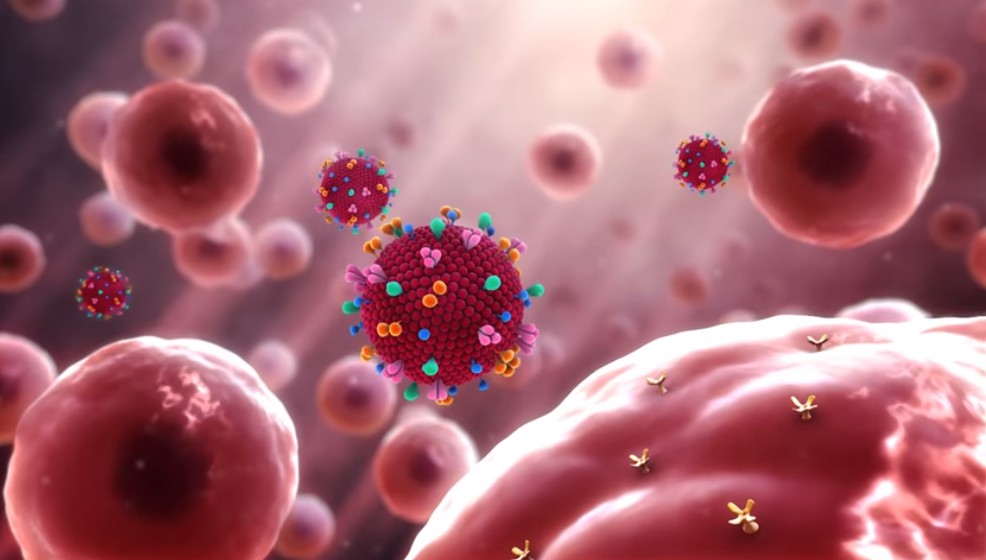
Consultations, RVM, Showcase
The Centre for eResearch is actively supporting several COVID-19 related projects at the University and on the national level during 2020 pandemic.

RVM
Corruption, the abuse of public power for private gain, is considered to be the norm rather than the exception around the world and is highly unreported and difficult to track.

RVM, Showcase
On 9th December 2019, at 2pm, Whakaari volcano erupted unexpectedly, killing 21 tourists and guides on the island.
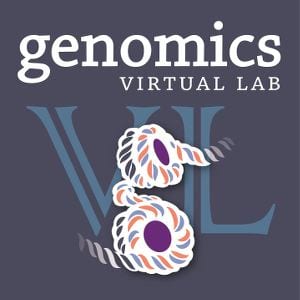
Consultations, RVM
Genomics Virtual Laboratory is a web portal provides a growing suite of genomics analysis tools, the biologists can start working immediately with no setup required.
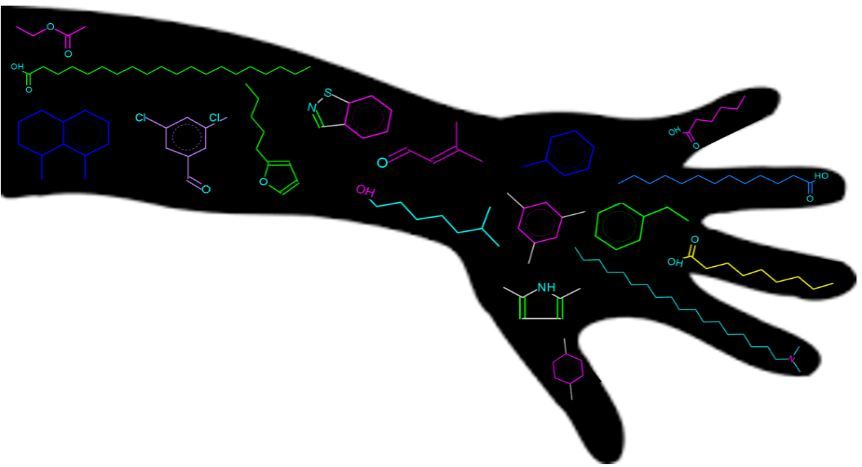
RVM
Skin is the largest organ of the human body. Its importance in health has only just begun to be investigated. There are hundreds of compounds on the skin surface, and they have the potential to answer many questions. These compounds can be used for diagnosis, monitoring pollutant exposure, and for understanding the skin microbiome.
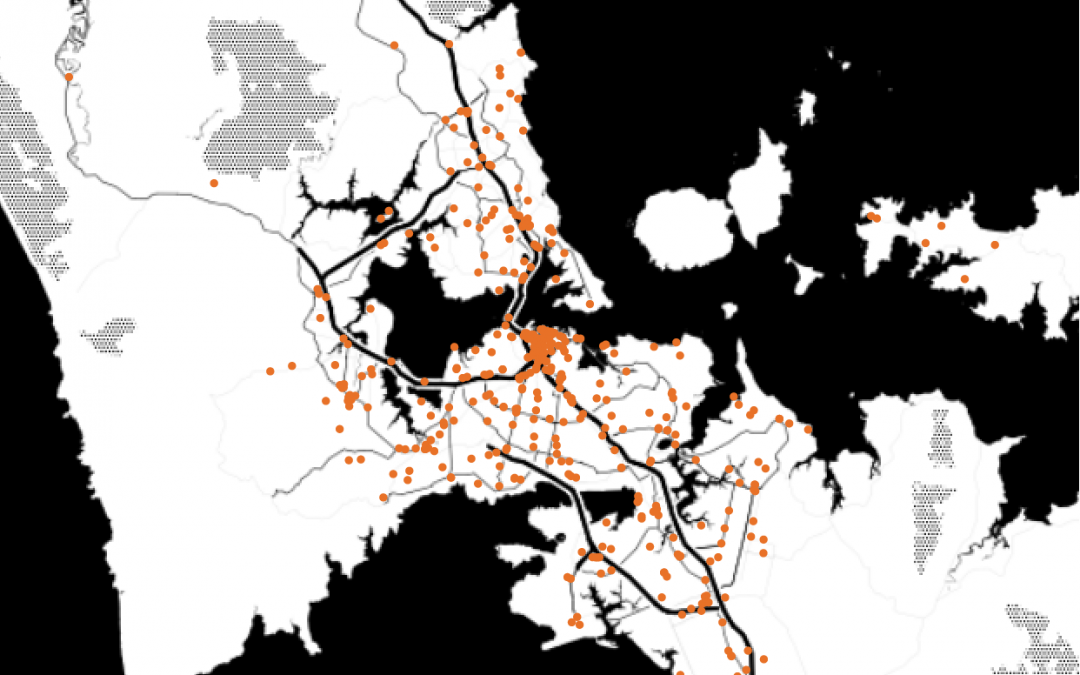
RVM
In recent years, vehicle tracking technologies (GPS) have advanced along with communication technologies (internet, mobile apps) to the point where public transport users can see the real-time location of their buses on a map through their phones.
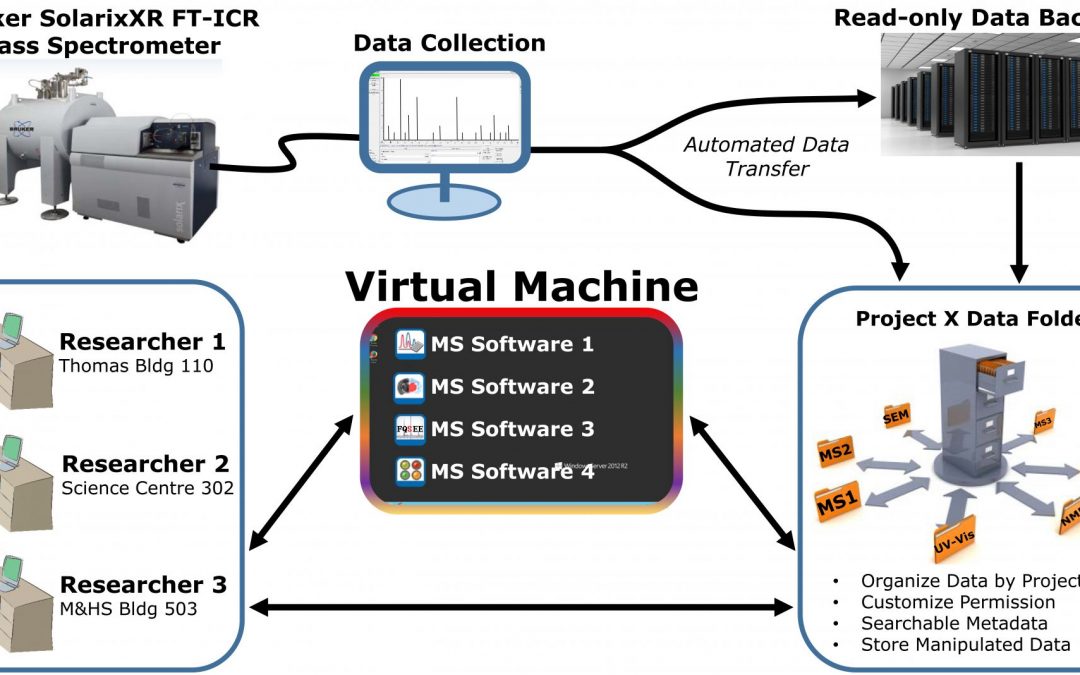
RVM
Mass spectrometry (MS) is an analytical technique that ionizes chemical species and sorts the ions based on their mass-to-charge ratio (m/z). In addition to the m/z value, the natural abundance of atomic isotopes provides a unique fingerprint for each ion.









